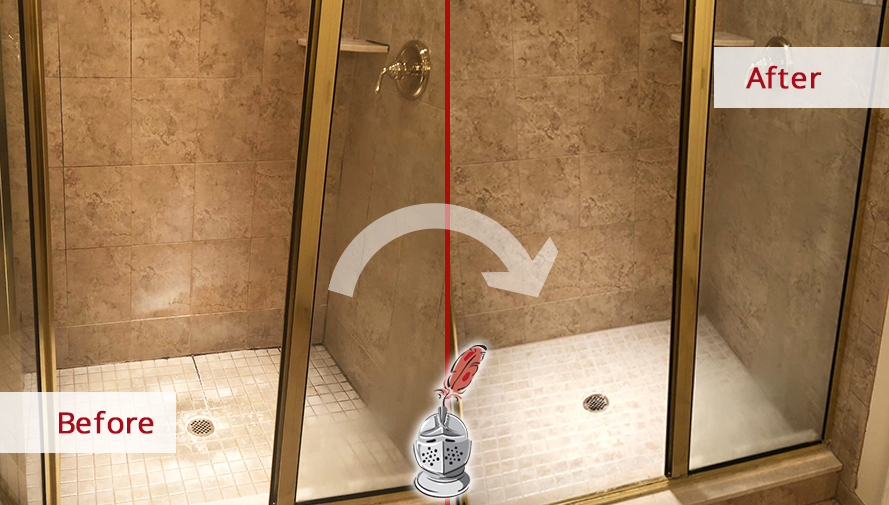Looking for Indicators of Water Damage in the Bathroom
Looking for Indicators of Water Damage in the Bathroom
Blog Article
The article listed below pertaining to Common Causes of Water Damage in a Bathroom is pretty much enjoyable. You should take a look.

The bathroom is extremely susceptible for damp buildup and also possible water damage due to the regular use of water in it. This article uses straightforward inspection techniques to help discovering water damage dangers.
The regular use water in the washroom makes it exceptionally at risk for wet accumulation and potential water damage. By examining it frequently, you can minimize water related damages.
The complying with collection of assessments is simple to do as well as must be done once in every three months in order to keep your bathroom healthy and also to stop possible water problems triggered by the tub, the shower, pipe joints and plumbing, sinks, cabinets, and also the commode
Do not overlook carrying out these evaluations and be comprehensive while performing them. Remember that these basic assessments can conserve you a lot of money by providing early indications for water damages
Sinks as well as Cabinets
Sinks and also closets are revealed to wetness as well as humidity daily and also are usually forgotten. Check frequently under the sink as well as on the countertop over it. Fix any type of drip in the catch as it might suggest drain issues. Take a look around the sink, slow draining pipes might show a blocked drain. Change sink seals if they are broken or loosened.
Bath tub and Shower
The shower and also tub require unique focus as well as maintenance. Check the floor tiles as well as replace if broken. Ensure that there is no missing out on grout in between the ceramic tiles. Evaluate and change split caulking at joints where the walls fulfill the floor or the bathtub. Obstructed drains and also pipes troubles will certainly protect against the tub from drying and also may indicate significant issues under the tub. Speak with a professional quickly to avoid architectural damage. Pay attention to discolorations or soft locations around the tub walls as they might indicate an interior leak.
Plumbing
Signs for water damages are difficult to spot given that many pipelines are installed inside the wall surfaces.
Pay special attention to floor covering and wall surfaces moisture and also spots as they may indicate an unseen plumbing trouble. Inspect dampness degrees in adjoining rooms also.
The Toilet
The bathroom is a vulnerable water junction. Inspect the water lines and look for leakages around the commode seat, in the pipe, and under the water storage tank. If you spot any kind of indicators of wetness on the flooring around the toilet, check for leaks in the toilet edge as well as container seals.
Understand that hanging commode bowl antiperspirants raises the possibilities for obstructions.
TIPS TO PREVENT WATER DAMAGE IN THE BATHROOM
The average household uses approximately 80-100 gallons of water per person per day. For a family of 4, that's almost 2,500 gallons of water a week! The largest portion of this consumption comes from bathroom use. Flushing the toilet uses the most water, followed by taking a shower or bath. With that much water running through the home, water damage in the bathroom is bound to happen. Knowing how to spot signs of a water leak is essential to preventing long-term damage. This guide provides you with tips to reduce the impact of water damage on your bathroom.
CAUSES OF BATHROOM WATER DAMAGE
Pipe breaks are the most common cause of water damage we see in our daily jobs. The age of a pipe plays a large role in a pipe break as well as corrosion. Over time, the metal begins to break down, allowing water to escape. Frozen pipe breaks are also a concern in the winter months. Toilet overflows caused by paper products or children flushing inappropriate items. Degraded caulking around the toilet or bathtub can allow water seepage, sometimes behind the fixture, into the subfloor or walls. Condensation forms when the water in a pipe is cooler than the air temperature. Beads of water form on the exterior of the pipes, sometimes so much so that the water begins to drip and pool below. Sink or shower backups created by poor drainage. HOW TO PREVENT WATER DAMAGE IN YOUR BATHROOM
Inspect your toilet supply line for worn or frayed hoses and replace them as needed. Winterize your plumbing to prevent a frozen pipe break. Use vent fans to prevent condensation that can lead to mold growth. Routinely check and replace degraded caulking around your toilet or bathtub. Increase the temperature in your toilet tank and insulate your pipes during the warm summer months to keep condensation from forming. Use child safety locks on the toilets. Flush only toilet paper. "Flushable" wet wipes are actually not good for your plumbing system. Additionally, feminine hygiene products should not be flushed. Prevent water from escaping the tub or shower. Make sure shower curtains are in good condition. Inspect shower doors and replace the seal strip if necessary. Wipe up any water that accumulates on the floor and use bath mats. Water left to sit can cause damage to the tiles and flooring. Refrain from using bath products containing heavy oils to avoid a clogged drain.

We were brought to that article on Looking for Signs of Water Damage in the Bathroom from an acquaintance on another site. In case you liked our blog posting if you please do not forget to pass it around. I treasure reading our article about Preventing Water Damage in the Bathroom.
Source This Article Report this page